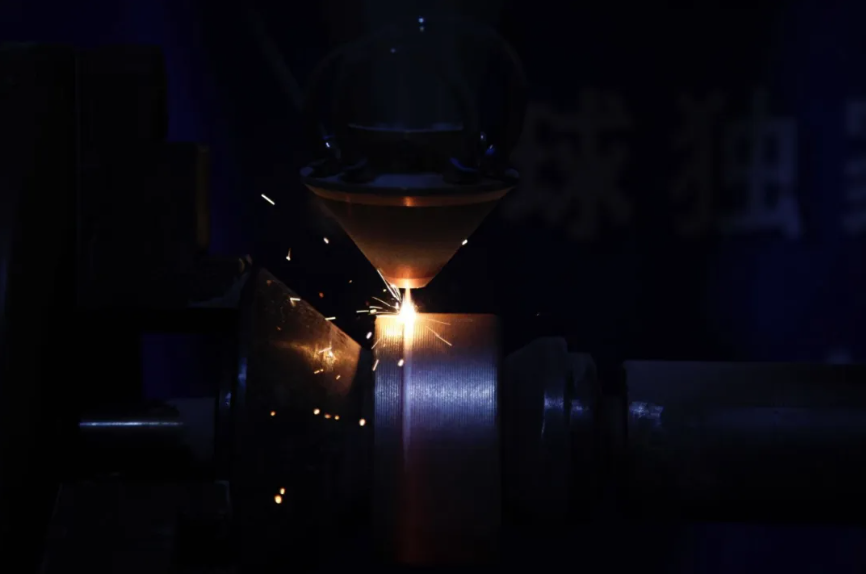How do laser equipment deal with the condensation crisis?
Humid air is the "invisible killer" of laser equipment, especially in spring, plum rain season, return of south wind, or high humidity workshop. Once condensation occurs on the surface of the equipment, the equipment may be shut down at the least and core components may be burned at the worst. Don't worry, the S&A chiller can help you easily deal with the condensation crisis
Condensation
When the surface temperature of the laser drops suddenly due to traditional heat dissipation methods, the ambient humidity exceeds 60% and the body temperature is lower than the dew point temperature, the water vapor in the air will instantly condense into water droplets on the surface of the device, just like condensation water forms on the outer wall of an iced soda bottle. This is the "condensation" phenomenon.
The harm of condensation to laser equipment
Optical lenses fog up, light beams scatter and processing accuracy decreases
Circuit boards become damp and short-circuit, causing equipment downtime and even fires
Metal parts are prone to rust, and maintenance costs soar!
The “three major pain points” of traditional humidity control solutions
Air conditioning dehumidification: high energy consumption and incomplete coverage;
Desiccant adsorption: requires frequent replacement and is difficult to cope with continuous high humidity;
Equipment shutdown insulation: Although it can alleviate condensation, it affects production efficiency and only treats the symptoms, not the root cause.
Reasonable setting of chiller water temperature
Considering the temperature and humidity of the actual working environment, set the water temperature to a temperature higher than the dew point of the current environment (the dew point temperature varies with the ambient temperature and humidity, see the table below for details) to effectively avoid condensation caused by excessive temperature differences.
Emergency treatment after condensation
Immediately shut down the device and cut off the power supply. Wipe the condensed water on the outside of the device with a dry cloth.
Reduce humidity by using an exhaust fan or dehumidification equipment.
Preheat the device. After the humidity is reduced, preheat it for 30-40 minutes before turning it on to avoid condensation again.
Spring is humid, so please pay attention to moisture-proof maintenance of laser equipment to ensure stable operation of equipment and smooth production
Reading more at https://www.mrj-lasermark.com/info/





Comments
Post a Comment